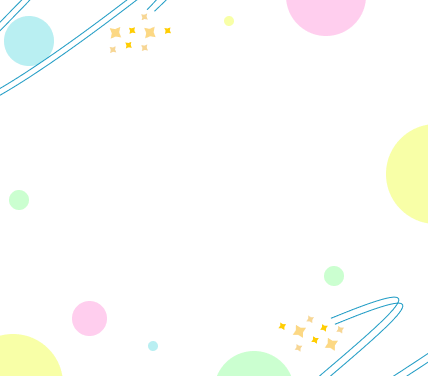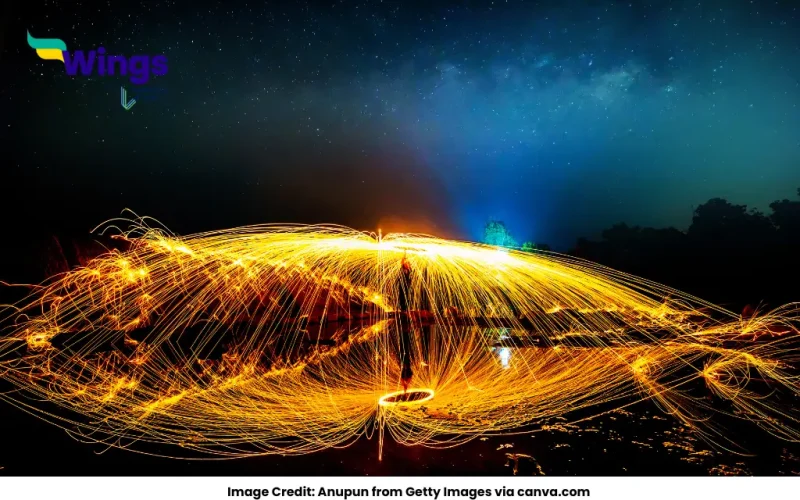Light behaves in different ways when it hits surfaces. Let’s explore what reflection of light means and how it works in our everyday life.
What is Reflection of Light?
Reflection of light occurs when a beam of light strikes a surface and bounces back into the same medium, instead of passing through the surface or being absorbed. This typically happens on smooth, shiny surfaces such as mirrors, polished metals, or still water.
When light hits such a surface, it obeys a fundamental rule known as the Law of Reflection, which states:
- The angle of incidence (the angle between the incoming ray and a line perpendicular to the surface, called the normal) is equal to
- The angle of reflection (the angle between the reflected ray and the normal).
This law applies to all types of reflected light, whether it’s from a small mirror or a large body of still water.
Types of Reflection of Light
The reflection of light occurs when light bounces off a surface. Based on the nature of the surface, reflection can be classified into different types.
1. Regular Reflection: Regular reflection, also known as specular reflection, occurs when light hits a smooth and shiny surface like a mirror or calm water. In this type of reflection, the light rays bounce off the surface in the same direction, resulting in a clear and sharp image. This is why we can see our reflection clearly in a mirror.
2. Diffused Reflection: This reflection happens when light strikes a rough or uneven surface such as a wall, paper, or cloth. These surfaces scatter the light in many directions because they are not smooth. As a result, no clear image is formed, but we are still able to see the object because the scattered light reaches our eyes. This is how we can see non-shiny objects around us.
3. Multiple reflection: This reflection takes place when light reflects more than once, especially between two mirrors placed facing each other. Light bounces back and forth between the mirrors, creating many images of the same object. The number of images depends on the angle between the two mirrors- the smaller the angle, the more images we see. When the mirrors are placed parallel to each other (angle is zero), an infinite number of images are formed. This effect is often seen in salons or barbershops when a mirror is used to show the back of your head, creating multiple reflections.
Why is Reflection Important?
Reflection helps us see the world around us. Without reflection, objects wouldn’t be visible because light wouldn’t reach our eyes from them. It is also the basic principle behind many optical devices like mirrors, cameras, and telescopes.
Common Doubts of Physics:
 60,000+ students trusted us with their dreams. Take the first step today!
60,000+ students trusted us with their dreams. Take the first step today!


 One app for all your study abroad needs
One app for all your study abroad needs










